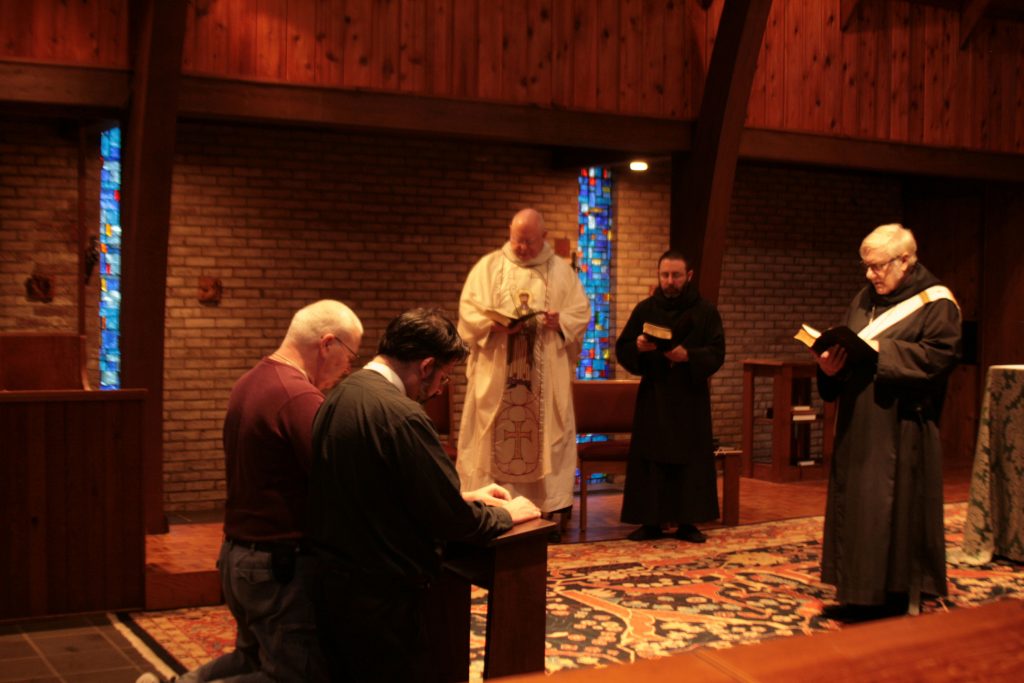By Abbot Andrew Marr OSB
Benedict’s Rule: A Translation and Commentary
By Terrence G. Kardong, O.S.B. Collegeville, Minnesota:
Liturgical Press, 1996. xviii, 641p. $49.95 (cloth)
Cherish Christ above All: the Bible in the Rule of Benedict
By Demetrius Dumm, O.S.B.. Mahwah, N.J
Paulist Press, 1996. 163p. 12.95 (paper)
One can’t even glance at the text of the Rule of St. Benedict without noticing the great number of quotations from the Bible within it. In a calm, readable style, Demetrius Dumm, a monk of St. Vincent’s Archabbey in Latrobe, PA, explores Benedict’s use of the Bible with reference to standard monastic topics such as obedience, poverty and communal living. These reflections are peppered with little anecdotes from his experience of living the monastic life. Most touching of all is Dumm’s stress on the importance of love and compassion in the Rule of Benedict. For those with responsibility in the monastery, such as the abbot or the cellarer (who has charge of the goods of the monastery), compassion is particularly important. Authority exercised without love is tyrannical. Dumm says that if we attend to the importance of love, then “how a work is done is as important as that it is done.” (Dumm, p. 103) In the Christian life, informed by scripture and the Rule, Dumm says there is no room for sacrificing human beings to a task that needs to be done.
Continue reading →
